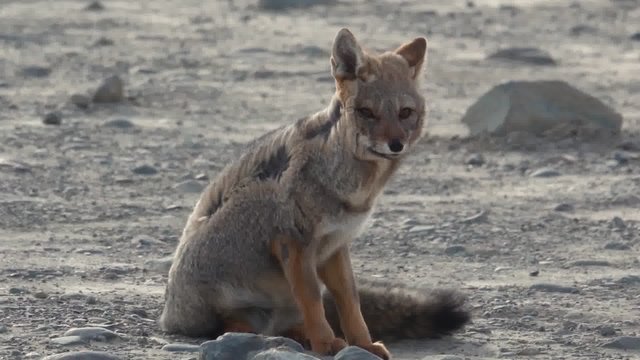
Hello dear travelers. In my previous posts, I talked about my journey to Patagonia. I want to continue my memories of the Argentina trip with Buenos Aires, the city that never sleeps. With a population of over 3 million, this city never sleeps and life goes on 24/7. Our first stop was an interesting place located on Caminito Street. This street stands out with its colorful houses, extraordinary residents and art that you can see at every step. For example, wall paintings and sculptures that make you feel like you're wandering in a museum.
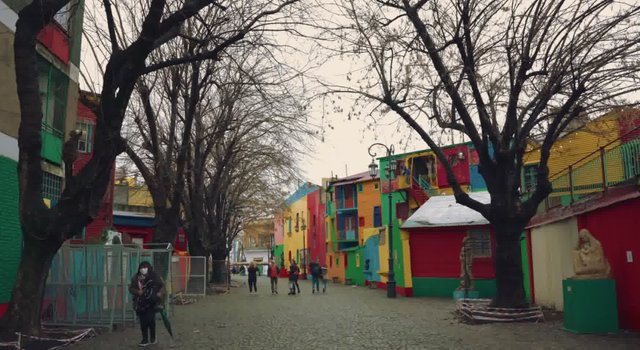
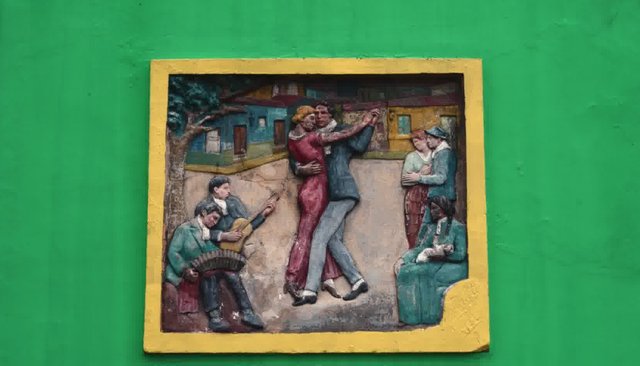
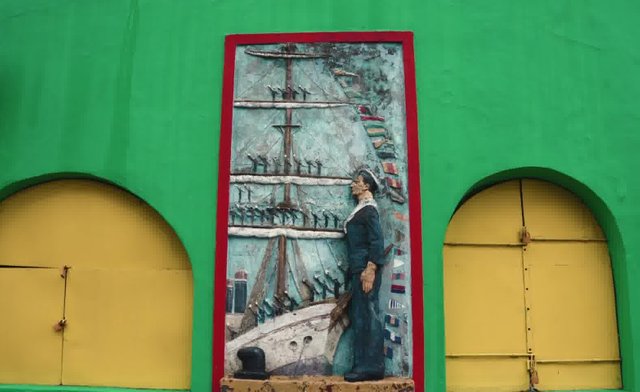
We enjoyed a nice walk on Caminito Street. Here, we saw many old buildings painted in the 50s. This is a historic and cultural place that has been the inspiration for many Tango songs. I recommend coming here and seeing it all with your own eyes. And when we got hungry during the walk, we stopped for lunch and had a pleasant time accompanied by live tango, it was really a unique experience.


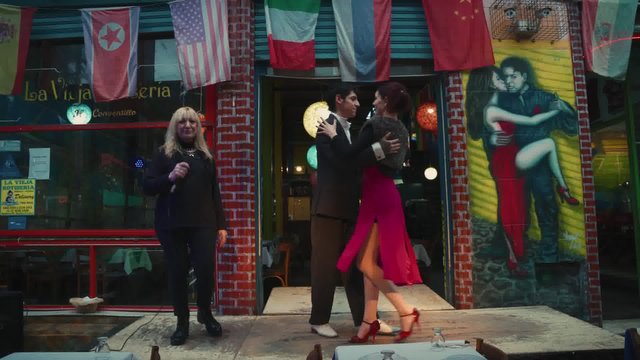
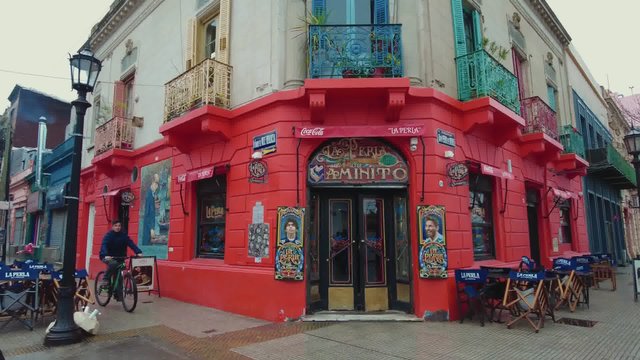
We tried mate drink here. When talking about Argentina, we can't skip mate drink. It's a caffeinated herbal tea. Mate is always consumed with friends or family.

In the La Boca area, besides a very important port for the city, there is also the La Bombonera football stadium where a legendary footballer started his career. Guess who I'm talking about, right? Of course, the unique Diego Maradona! Buenos Aires is a city that never sleeps and at any time of the day, you can attend concerts of any music genre, including theater or tango born in the streets of Buenos Aires. We went to a tango show because it was truly amazing and impressive.
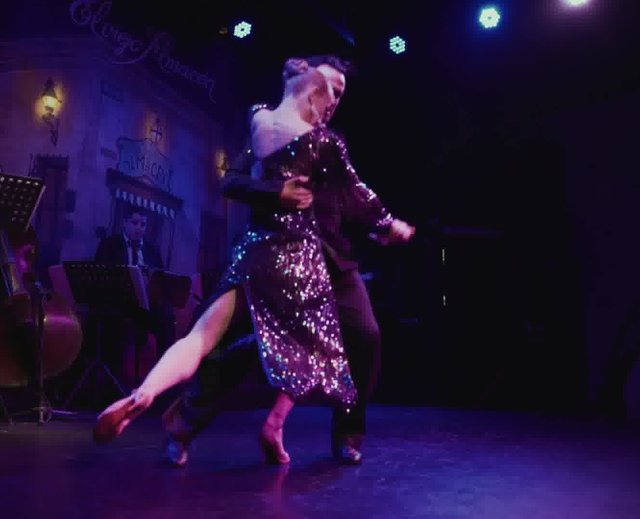

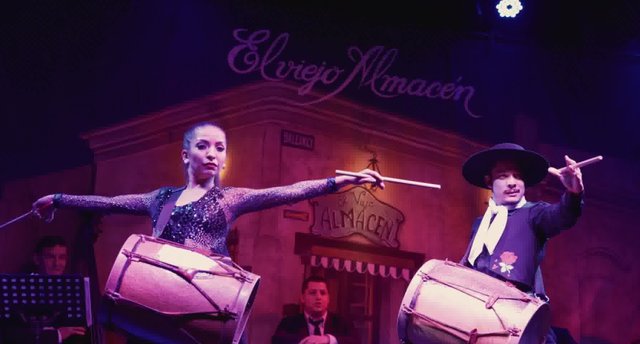
After Buenos Aires, we flew to El Calafate. This is a place where you can see extraordinary views with its silence, icy water and flamingos fishing for fish. As incredible as it may sound, millions of years ago, the climate here was tropical. However a natural disaster occurred, the Andes Mountains emerged and the climate became colder. Here you can buy blackberry jam, which is one of the famous local flavors.
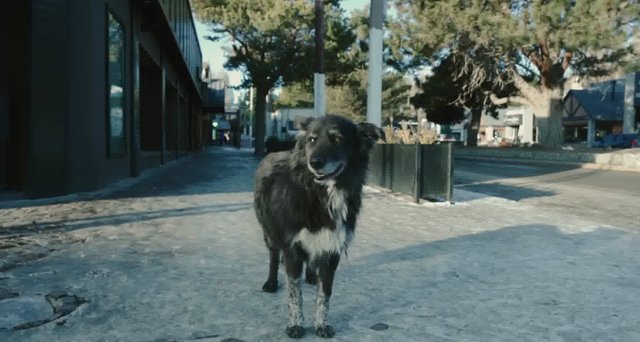

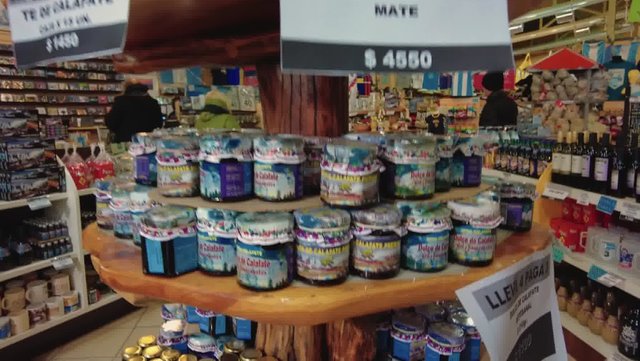
Then we went to the Francisco Pascasio Moreno Museum. That's the museum dedicated to the famous botanist who gave his name to the Perito Moreno Glacier. In this museum, we learned not only about his scientific achievements and archaeological discoveries but also about his role in determining the borders between Argentina and Chile and his negotiating skills.
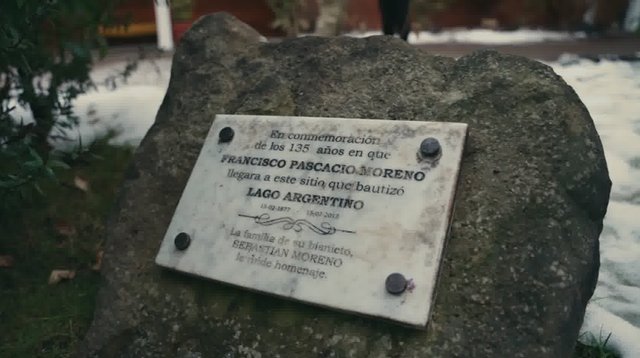
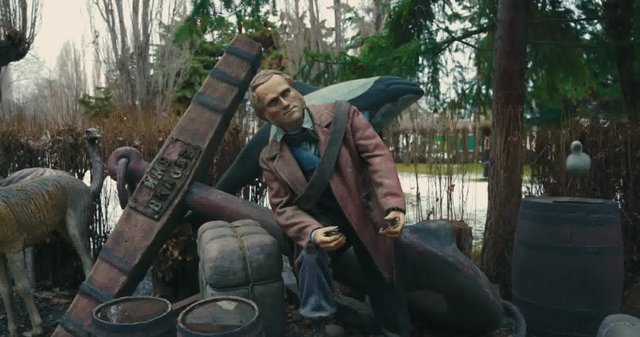
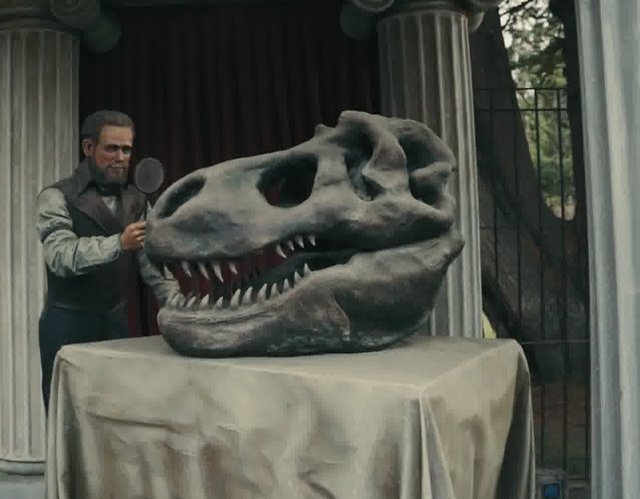
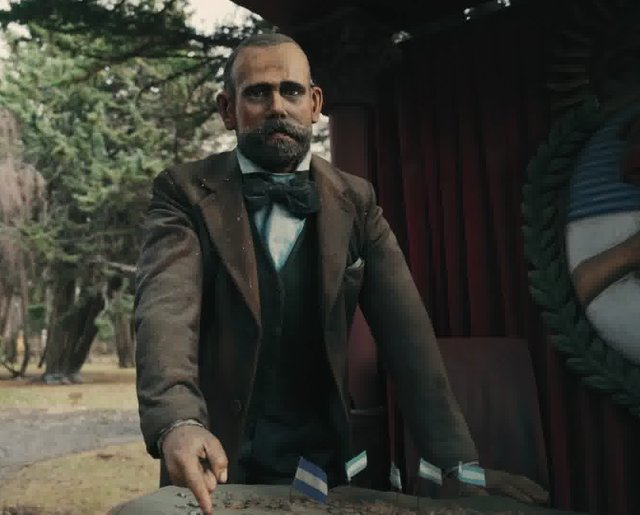
On the way to Lake Argentino, we encountered many animals. Horses, cows, guanacos, condors and even hawks feeding on roadkill. We admired the silence, icy water and fishing flamingos. It was a magnificent place.
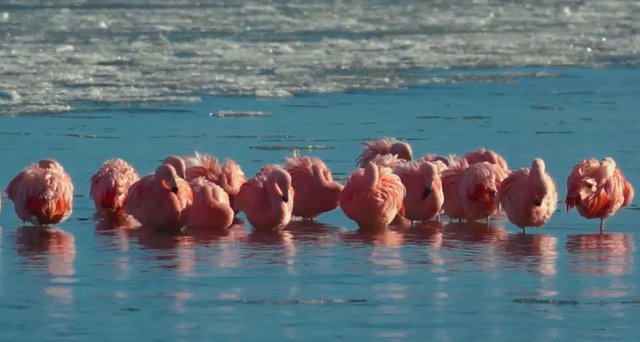
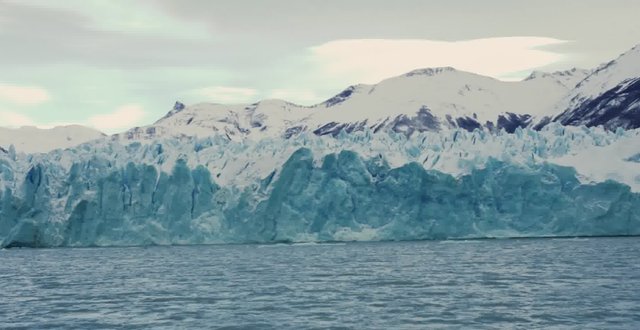
We took a boat from the lake to the glaciers. First the glacier landscape gradually emerged and then suddenly, a very large ice wall appeared in front of us. We watched the glaciers from the observation terrace. Since the water is very clean, you can drink whiskey or other drinks with these ice cubes. It's an unforgettable experience that we absolutely recommend to all travelers who visit this place. In winter, you can hike on the glacier and appreciate the magnificent views, but you need to use the right equipment and follow the instructions of local guides.
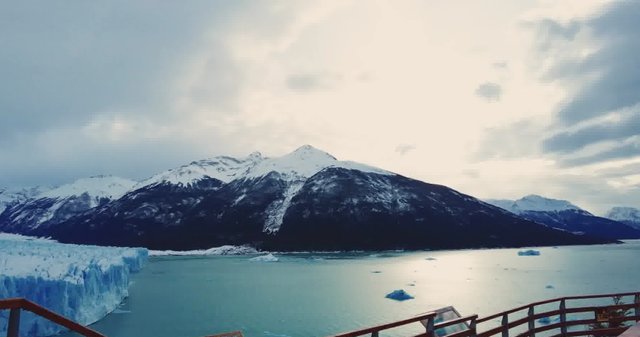
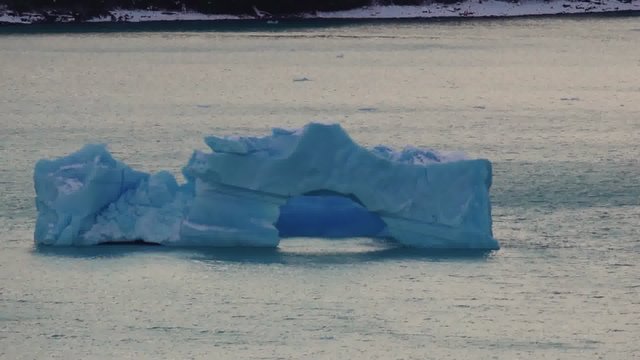
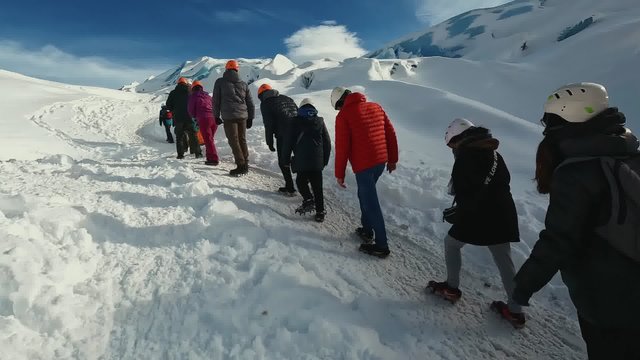
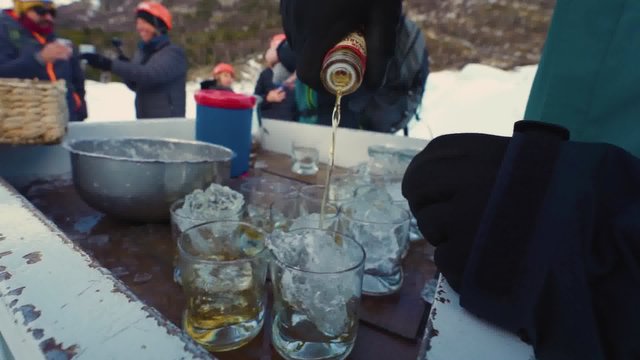
On the way back, we were very hungry and stopped for lunch at the Esteban ranch. The ranch owner, who is a very hospitable person, has set up a small museum dedicated to the Tehuelche people, the indigenous people of Patagonia. He told us how his grandfather settled in these lands and prepared us a very delicious lamb raised here. The first building his grandfather built in 1925 was covered by the glacier in 1939 when the glacier expanded and raised the lake. When the lake receded, an old beach used by the indigenous people as a campsite emerged. I found it interesting that global warming is a natural cycle. What do you think? Please write in the comments. There's nothing better than enjoying a delicious meal, watching animals and listening to stories while drinking hot glühwein.


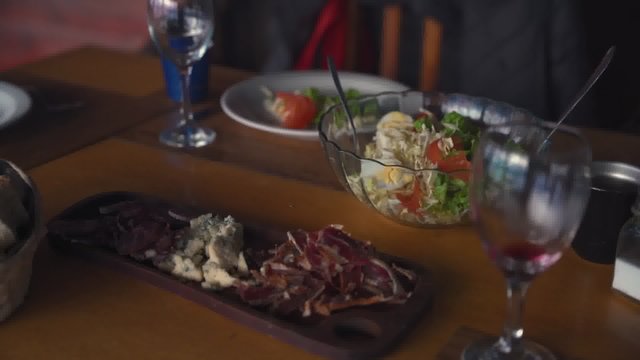
Our next stop was the village of El Chaltén. We met with the indigenous Mapuche people who have been living in the village for more than 20 years and they gave us some information about life here. He named his horse Tunkelen. This was the name of the Mapuche tribe he came from. Ramon told us that his grandfather and father were leaders and he himself is a leader of the community. I asked, Does your horse like apples? Yes, Tunkelen eats everything. he said.
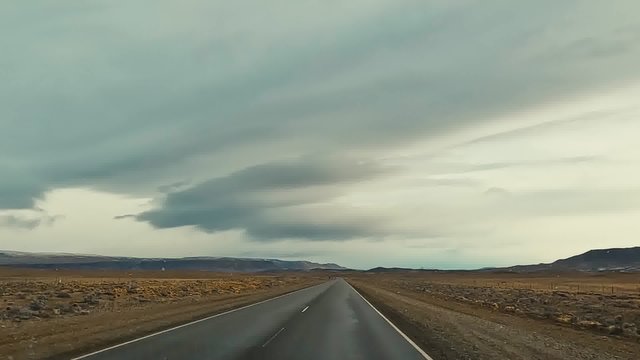
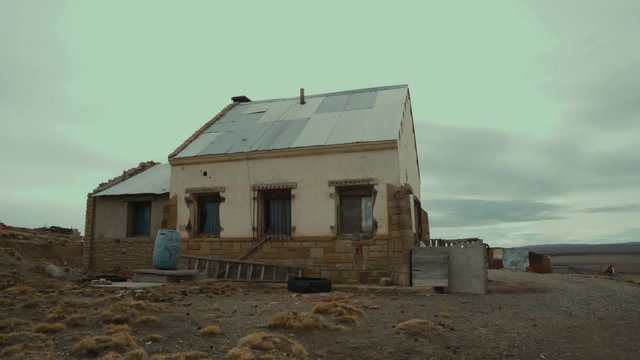

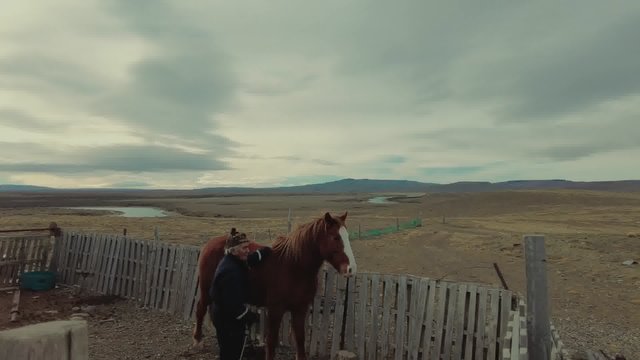
On the way, we managed to see a fox at an observation point. There was a very strong wind and the fox's face was flat. Unfortunately El Chaltén was a nice town that we couldn't fully appreciate due to rainy weather. This place hosts one of the popular mountains. This mountain is popular among climbers due to its steep shape, large plates and unpredictable weather conditions.


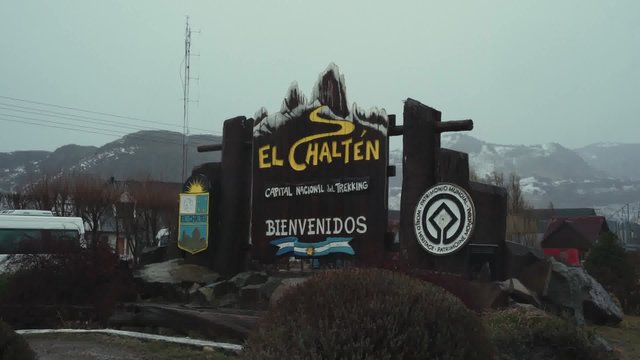
El Chaltén is also the capital of hiking tourism in Argentina. You can learn about the vegetation and fauna of this region and discover hiking trails at the museum. We couldn't see all the views of this area because the weather conditions had to be good for the route, but we could enter the museum. There was an educational exhibition about the equipment used by climbers in the 1950s to climb the mountain. This is just a part of our journey in Argentina, I hope you enjoyed it.

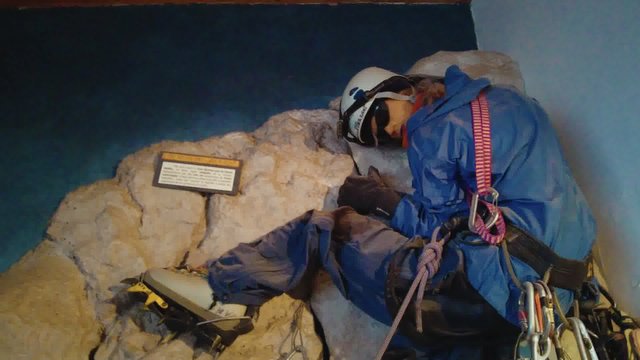
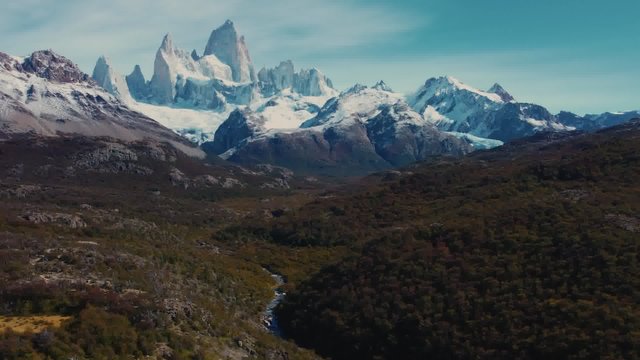
In my next post, I would like to talk about our trip to the north of Argentina and our visit to places like Salta. Thank you for reading.
Congratulations, your post is upvoted by CCS curation trail from CCS - A community by witness @visionaer3003.
Vote for @visionaer3003 as witness.
Downvoting a post can decrease pending rewards and make it less visible. Common reasons:
Submit